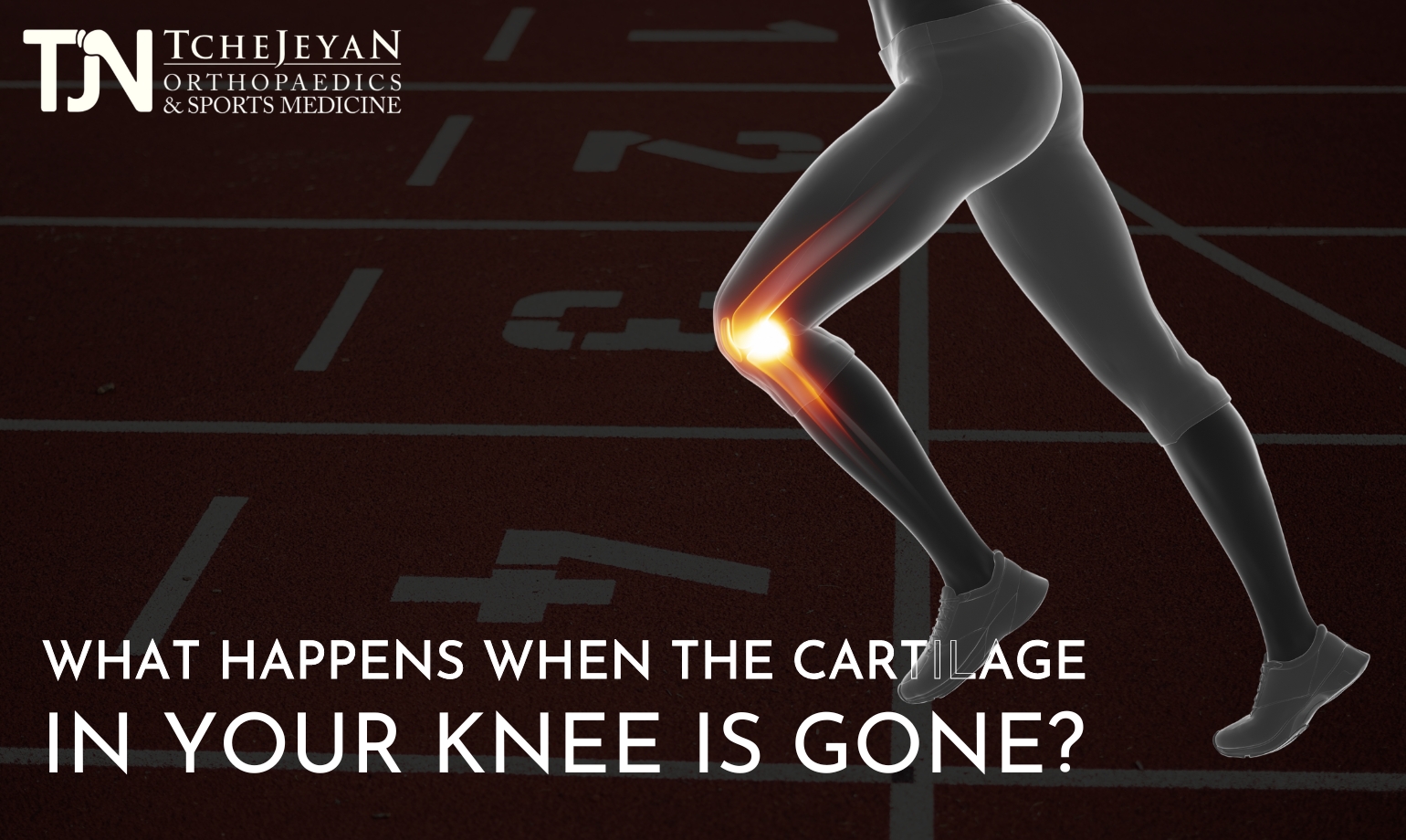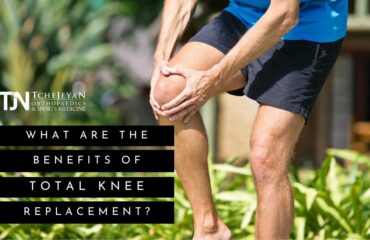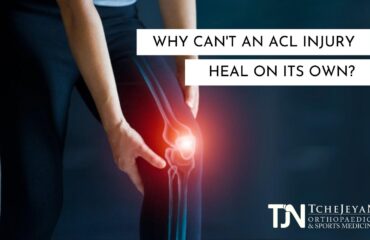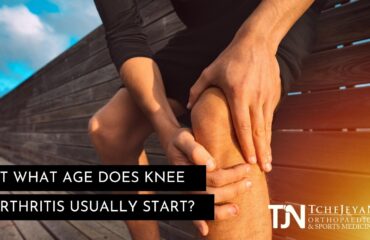The knee is a weight-bearing joint, and the health of the cartilage in the knee is essential for maintaining normal function. Cartilage is the white, smooth, flexible connective tissue that cushions the joints. It covers the ends of the bones to protect them from rubbing against one another and ensure that the joint moves fluidly. In addition to the cartilage that covers the ends of the bones (articular cartilage), there are also two pieces of fibrocartilage, called the lateral meniscus and the medial meniscus, which further absorb any impact between the femur (thighbone) and the tibia (shinbone) when walking, running, or jumping.
Over time, from injuries, age, or degenerative diseases, this cartilage can get damaged. When this happens, you will likely experience pain and decreased range of motion. Osteoarthritis, usually called “arthritis,” is a degenerative condition that is the most common source of cartilage loss. Osteoarthritis most often occurs in people over 50. However, it is also fairly common in people who overuse their knees, such as athletes or delivery drivers who constantly lift heavy boxes and walk up and down steps. But osteoarthritis is not the only cause of cartilage loss; people of all ages can experience cartilage damage from other degenerative diseases or injuries.
Treatment for Cartilage Loss
Arthroscopy
Arthroscopy is a minimally invasive surgical procedure that is often effective in treating problems with the knee joint, including cartilage loss. In contrast to traditional surgery, arthroscopy involves making small incisions that allow a surgeon to insert a camera into the knee to get a magnified image of the interior. The surgeon then inserts special instruments into additional incisions to perform surgery.
In some cases of cartilage injury, all that is required for repair is to remove any loose bits of cartilage in the knee, trim away damaged cartilage, and smooth out the remaining cartilage. In other cases, arthroscopy can be used to remove and replace the damaged cartilage with prosthetic cartilage. Depending upon the extent of the damage and your knee doctor’s recommendation, either of these procedures may be all you need to relieve pain, stiffness, and limited range of motion.
How Long Is the Procedure?
Another advantage of arthroscopy is that it is usually swift for both the procedure and the recovery. Knee arthroscopy procedures typically take about 20-30 minutes to perform and can often be performed as outpatient procedures. Because the incisions are small, patients experience less trauma to the area, making recovery from surgery more manageable. There will be a period of recovery; however, that can be managed by pain relievers, slowly getting the knee back into use, and, if necessary, physical therapy.
Total Joint Replacement
In some cases, the cartilage damage or loss is so severe that arthroscopic procedures are not an option. The best treatment option may be a total joint replacement for severe cartilage damage, where the cartilage has worn away to the point that bone is meeting bone.
A total knee replacement is performed by traditional open surgery. It involves removing any remaining cartilage in the knee and shaping the ends of the bones to fit an artificial metal and plastic joint into place. Although it takes a while to recover from the surgery, it can give you a new lease on life, allowing you to undertake an active lifestyle once again. Total knee replacement can restore mobility and longevity to your knees and relieve you of pain and stiffness for two decades or more.
Total knee replacement is major surgery, and you should consult your orthopedic surgeon to determine whether it is the proper treatment. Although it is often performed as an outpatient procedure, it does involve a lengthy recovery period. You may be able to walk gingerly a day or two after surgery and will need to take painkillers for a week or more. In addition, you will have to ice, rest, and elevate your knee for a while. When you sufficiently recover, you will have to undergo physical therapy to restore strength and mobility.
How Long Does It Take to Heal?
Unfortunately, cartilage does not heal on its own. For minor injuries, it is possible to relieve the pain and stiffness by taking an anti-inflammatory pain reliever and using the RICE remedy for a few weeks: rest, ice, compression, and elevation. However, it is essential to find out if your injury is, in fact, a minor cartilage tear that can be relieved with this method. If it is not, more invasive treatment will be necessary to avoid exacerbating the damage.
When you lose cartilage in your knee, it no longer acts as a cushion between the bones. This can lead to pain, inflammation, stiffness, and loss of mobility. If you’re experiencing persistent knee pain, contact Tchejeyan Orthopaedics and Sports Medicine in Thousand Oaks today to schedule an appointment.




